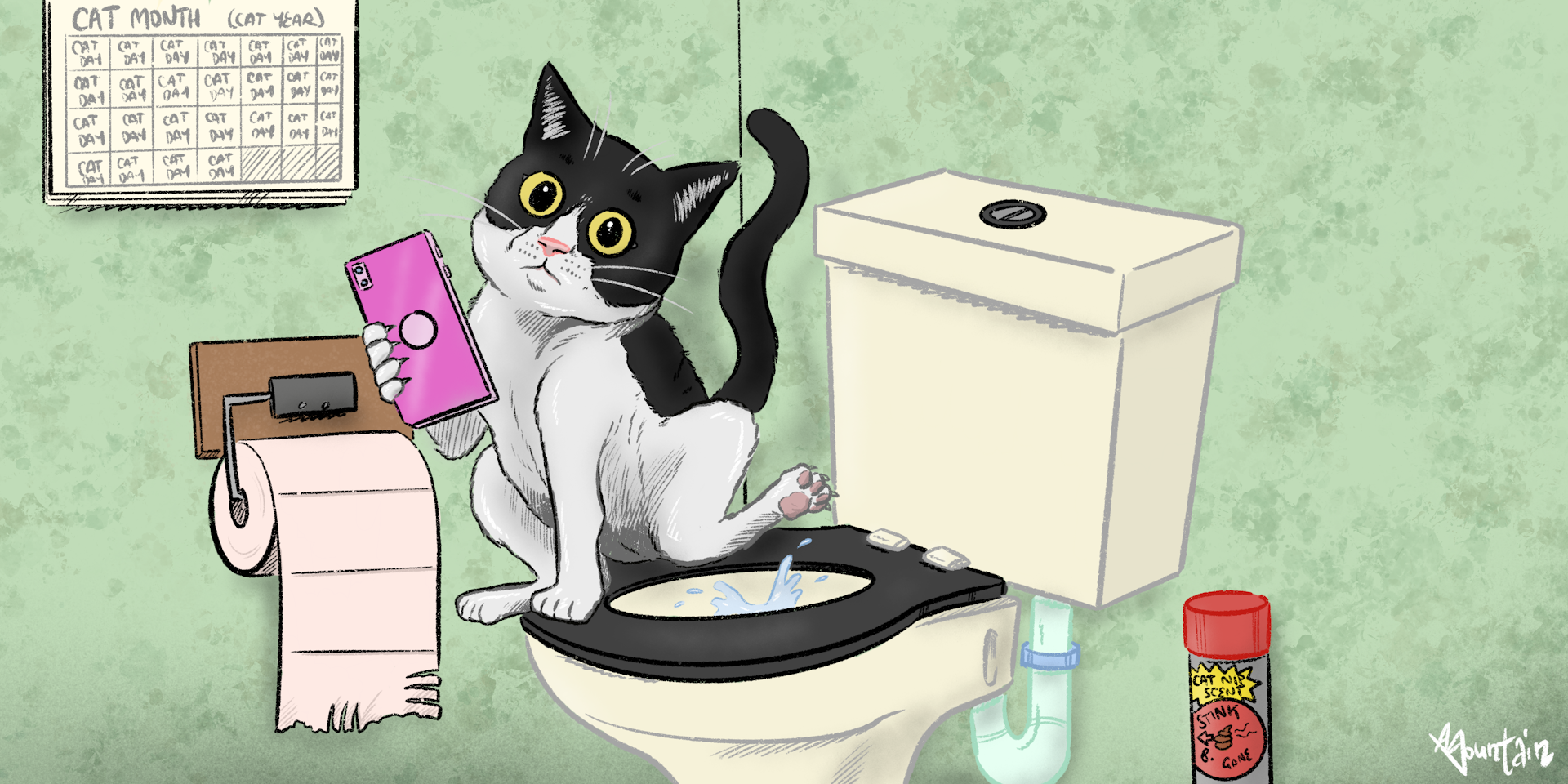The author is making a few good observations related to How to Dispose of Cat Poop and Litter Without Plastic Bags as a whole in this post followed below.

Intro
As pet cat owners, it's essential to be mindful of how we throw away our feline close friends' waste. While it may seem practical to purge pet cat poop down the commode, this practice can have detrimental consequences for both the setting and human health.
Ecological Impact
Purging cat poop introduces damaging virus and bloodsuckers right into the water, presenting a considerable risk to aquatic communities. These pollutants can negatively impact aquatic life and compromise water high quality.
Health and wellness Risks
In addition to environmental issues, flushing pet cat waste can additionally posture health and wellness risks to people. Feline feces may have Toxoplasma gondii, a bloodsucker that can create toxoplasmosis-- a possibly serious disease, especially for pregnant women and people with damaged body immune systems.
Alternatives to Flushing
Luckily, there are more secure and much more liable means to dispose of pet cat poop. Think about the complying with choices:
1. Scoop and Dispose in Trash
One of the most common method of disposing of cat poop is to scoop it into a biodegradable bag and toss it in the garbage. Make sure to use a committed trash scoop and take care of the waste immediately.
2. Use Biodegradable Litter
Go with naturally degradable feline clutter made from materials such as corn or wheat. These litters are eco-friendly and can be safely disposed of in the garbage.
3. Bury in the Yard
If you have a backyard, think about burying feline waste in a designated area far from vegetable gardens and water resources. Make sure to dig deep sufficient to avoid contamination of groundwater.
4. Mount a Pet Waste Disposal System
Purchase an animal garbage disposal system specifically made for feline waste. These systems make use of enzymes to break down the waste, minimizing smell and environmental effect.
Final thought
Liable pet dog possession expands past offering food and shelter-- it likewise includes appropriate waste monitoring. By avoiding flushing cat poop down the bathroom and going with alternative disposal approaches, we can decrease our ecological impact and safeguard human wellness.
Why Can’t I Flush Cat Poop?
It Spreads a Parasite
Cats are frequently infected with a parasite called toxoplasma gondii. The parasite causes an infection called toxoplasmosis. It is usually harmless to cats. The parasite only uses cat poop as a host for its eggs. Otherwise, the cat’s immune system usually keeps the infection at low enough levels to maintain its own health. But it does not stop the develop of eggs. These eggs are tiny and surprisingly tough. They may survive for a year before they begin to grow. But that’s the problem.
Our wastewater system is not designed to deal with toxoplasmosis eggs. Instead, most eggs will flush from your toilet into sewers and wastewater management plants. After the sewage is treated for many other harmful things in it, it is typically released into local rivers, lakes, or oceans. Here, the toxoplasmosis eggs can find new hosts, including starfish, crabs, otters, and many other wildlife. For many, this is a significant risk to their health. Toxoplasmosis can also end up infecting water sources that are important for agriculture, which means our deer, pigs, and sheep can get infected too.
Is There Risk to Humans?
There can be a risk to human life from flushing cat poop down the toilet. If you do so, the parasites from your cat’s poop can end up in shellfish, game animals, or livestock. If this meat is then served raw or undercooked, the people who eat it can get sick.
In fact, according to the CDC, 40 million people in the United States are infected with toxoplasma gondii. They get it from exposure to infected seafood, or from some kind of cat poop contamination, like drinking from a stream that is contaminated or touching anything that has come into contact with cat poop. That includes just cleaning a cat litter box.
Most people who get infected with these parasites will not develop any symptoms. However, for pregnant women or for those with compromised immune systems, the parasite can cause severe health problems.
How to Handle Cat Poop
The best way to handle cat poop is actually to clean the box more often. The eggs that the parasite sheds will not become active until one to five days after the cat poops. That means that if you clean daily, you’re much less likely to come into direct contact with infectious eggs.
That said, always dispose of cat poop in the garbage and not down the toilet. Wash your hands before and after you clean the litter box, and bring the bag of poop right outside to your garbage bins.
https://trenchlesssolutionsusa.com/why-cant-i-flush-cat-poop/

As a keen person who reads about Don’t flush cat feces down the toilet, I thought sharing that short article was necessary. If you enjoyed our article please don't forget to share it. Thank-you for going through it.
Schedule Appointment